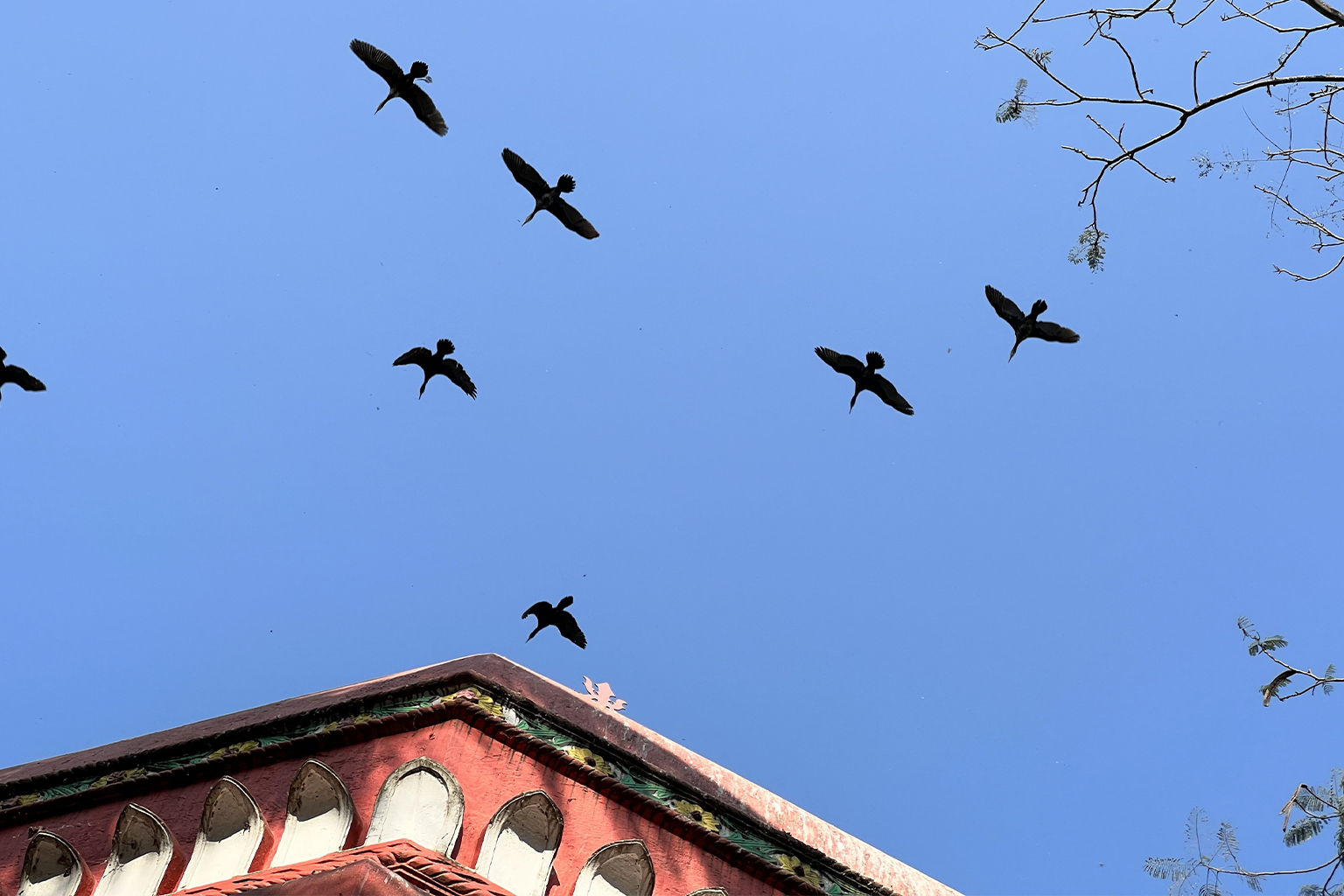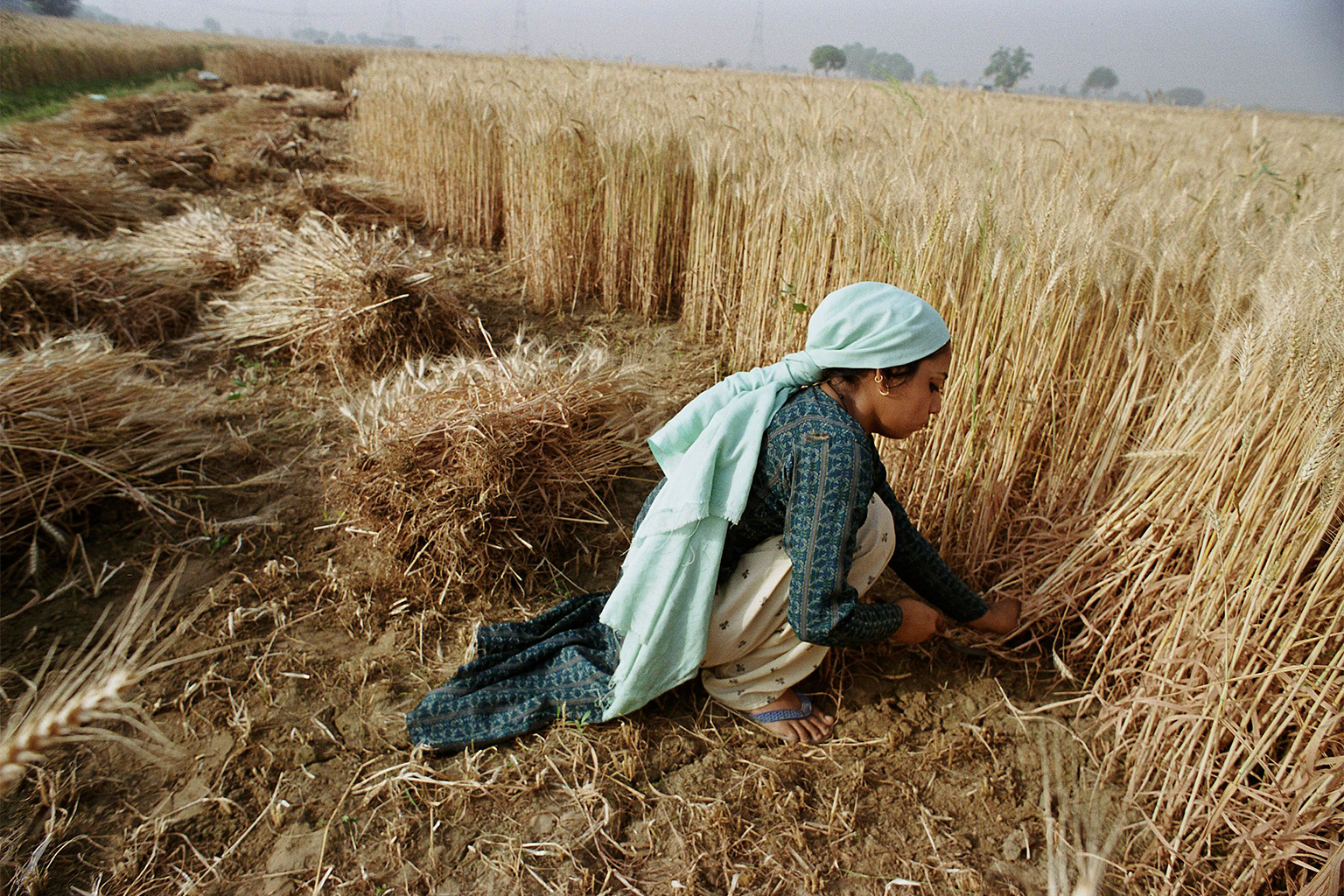- Jashodhon Pramanik, a farmer from Natore, Bangladesh, has initiated a bird conservation movement.
- His 23 years of activism led to the banning of air guns, the creation of bird sanctuaries in every district and the creation of watering holes for birds.
- His one-man initiative Pokkhikuler Asroy O Khaddo Nischitkaron Prokolpo (Project for Ensuring Food and Shelter for Birds) influenced the government to make more than 30 decisions in favor of protecting birds.
Mr. Sobhan, a wealthy retired lawyer, decides he wants to do something to improve society. Realizing that the new aquaculture revolution has driven out local fish species, he compiles a list of species that are causing harm and goes to the appropriate government agency to voice his concern. Sadly, the officer makes fun of him and rejects his proposal.
Mr. Sobhan is a character in “Bohubrihi,” a celebrated novel and television drama created by Bengali novelist and playwright Humayun Ahmed. Mr. Sobhan’s exchange with the authorities is one of many interesting subplots in the story. In the end, Mr. Sobhan loses all hope and says, “Nothing will happen to this country.”
Mr. Sobhan may have lost all hope in a fictional world, but Jashodhon Pramanik, a real human being, did not. At the turn of the century, Jashodhon, a farmer from Natore, in northern Bangladesh, began to take steps to protect birds from being hunted, caught and eaten.
After 23 years of diligent work, he has been successful at persuading the government to ban the use of air guns to hunt birds, which counts as a major step in bird protection in the country. In addition, over the years, he got the government to start more than 75 activities to protect birds. He also initiated a one-man program named Pokkhikuler Asroy O Khaddo Nischitkaron Prokolpo, which translates to “Project for Ensuring Food and Shelter for Birds,” which influenced the government to initiate more than 30 decisions to protect birds.
Jashodhon, 65, was a boy during Bangladesh’s liberation war. He witnessed the devastation caused by the war and the rebirth of a nation from the ashes of destruction.
“After the war, while everyone else was relieved, my father, Makhan Chandro Pramanik, urged me to toil hard to build the country,” Jashodhon says, standing in a garden inside the palace of the famous Queen Rani Bhabani.
The garden is devoted to the Hindu god Shiva, and idols of many other gods are present here. However, the birds are the garden’s original guardian gods. Bird droppings have covered the signboard of the temple. Although it has produced a reeky atmosphere, it is a haven for these gods who live off of branches. Some of them are taking bizarre flights toward the ponds, while others fly from one branch to another.
This location is one of three sanctuaries in the Natore district. Jashodhar’s tireless work has led to this government property being officially designated a bird-safe area.

Executing his right as an “owner” of the country
Jashodhon has had a keen awareness of his surroundings since childhood. As far back as he can remember, he could never fit in with other children. While other boys caught birds from high branches, he climbed up them to view the nestlings. That gave him the opportunity to comprehend birds’ behavior. Just by watching the birds, young Jashodhon acquired a lot of knowledge.
“People used to eat birds with every spoonful of food in Natore,” says Jashodhon, reflecting on the past. “A decline in bird populations had gone unnoticed until that point.”
Jashodhon observed that birds stopped mating for about a year after losing a mate. He started educating others about bird conservation upon noticing this phenomenon. But as high-yielding varieties of crops began to be grown in the area, the situation became suddenly more complicated.
“I realized that as a citizen of the state, I had to play an active role to stop this,” he says.
The green revolution in the late 1980s made it possible for people to consume more grains, but the high-yielding varieties required more fertilizer and pesticide inputs in addition to better management.

A 2009 study found that the commonly used pesticides contain a number of ingredients that are known to poison birds. These include carbofuran, monocrotophos, phorate, diazinon, fenthion, phosphamidon and azinphos-methyl. In addition, other pesticides like fungicides, herbicides and molluscicides are used in the cultivation of rice. Several of the chemicals can hurt reproduction, and some of them are very dangerous to birds and have been linked to their deaths.
Jashodhon, however, doesn’t need such academic studies to teach him about the situation because he is an experienced farmer with knowledge from the ground up. He saw the effects around him and realized he needed to raise his voice. And so, he visited the nation’s capital, Dhaka, in 2000.
After speaking to local and national environmentalists and conservationists, he quickly concluded that “all we had to do was act.” So he went straight to the forestry and environment ministry to meet a government official, just like the fictional character Mr. Sobhan. The ministry secretary asked Jashodhon, “Who are you and why are you here?” for very obvious reasons.
“I was shivering,” Jashodhon says, reminiscing about that day. “But I was prepared. I had a copy of the 7th Article of the Constitution and handed it over to him and confidently declared that I am from the owner party of the state.” The Constitution of Bangladesh states, “All powers in the Republic belong to the people,” referring to its citizens.

He earned what he asked for
More than 10,000 acres of land, spread across 10 districts, are held by Pokkhikuler Asroy O Khaddo Nischitkaron Prokolpo. These grounds serve as bird sanctuaries since 2019. The majority of the land Jashodhon was able to occupy was owned by the government. The government pays for all additional costs, including constructing bird-friendly water features and tree plantation. The central idea of Pokkhikuler Asroy O Khaddo Nischitkaron Prokolpo is that birds are an essential component of our planet and that we should all work to protect them.
It was not an easy task for Jashodhon, a farmer with little formal education, but he never looked for a short cut or gave up. His first application, in 2002, was to the Ministry of Forestry and Environment (now the Ministry of Environment, Forest and Climate Change) calling for the outlawing of air guns, which are used to hunt birds. Following his persistent efforts for nearly 20 years, the government outlawed the possession and use of air guns in December 2021.
Jashodhon always asked for changes that he thought might benefit birds. He calls himself the founder and coordinator of the project.
He is gifted with a great ability to communicate. He worked with the ministries of education and religious affairs to spread awareness among people about the deadly impact of pesticides on birds, through the aid of school teachers and religious leaders.
He also persuaded the ministry of land to allot some space for bird conservation in every district and the ministry of water resources to dig up water bodies for birds. Additionally, he was successful in getting the government to enforce the use of warning labels on pesticide packages.


A quiet hero
Sahina Khatun, a joint secretary of the energy and mineral resources ministry, describes Jashodhon as a “living legend.” She has worked with him ever since she was posted as the chief executive officer of the Natore district administration. Both the sanctuaries at Dighapathia Union and Uttara Gonobhaban were established under her direction.
Because land is scarce and highly valued in Bangladesh, there is always the possibility that powerful individuals will forcefully take over land. Jashodhon is constantly rushing from one district to another to protect the land or seek assistance from the authorities.
He does not, however, get any exclusive privileges for all the work he has done. He has a very simple life. He suffers from diabetes and thus needs to eat and take medicines at regular intervals — which is why he always has some seasonal fruits and homemade chapati with him. He refuels in between battles, before sprinting past the line of impossibilities. According to him, “The country is helpless. If we don’t help, who else will?”
Banner image: Jashodhar Pramanik, a lone wolf who revolutionized bird conservation. His 23 years of dedication have resulted in decisions like the ban on airguns and the creation of bird refuges in every region of the nation. Photo by Maksuda Aziz.
Birds in Bangladesh find a new lease of life in community-run sanctuaries
Citation:
Parsons, Katharine & Mineau, Pierre. (2011). Effects of Pesticide Use in Rice Fields on Birds. Waterbirds. 33. (Special Publication 1): 193-218, 2010
Feedback: Use this form to send a message to the author of this post. If you want to post a public comment, you can do that at the bottom of the page.
This story first appeared on Mongabay
South Africa Today – Environment
This article is licensed under a Creative Commons Attribution-NoDerivatives 4.0 International License.
You may republish this article, so long as you credit the authors and Mongabay, and do not change the text. Please include a link back to the original article.












